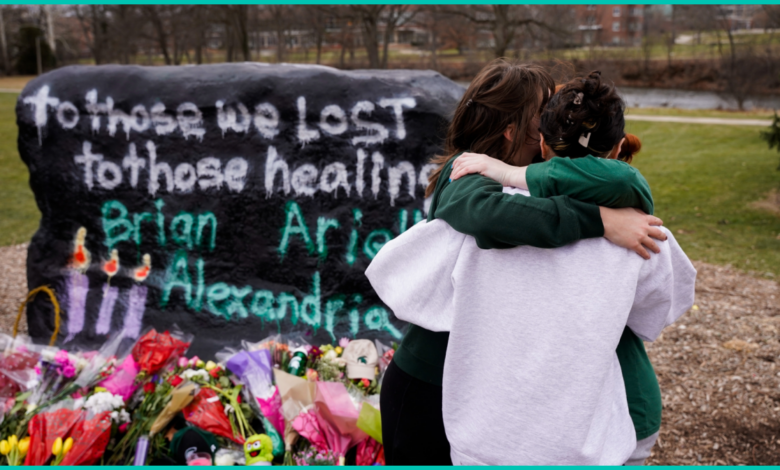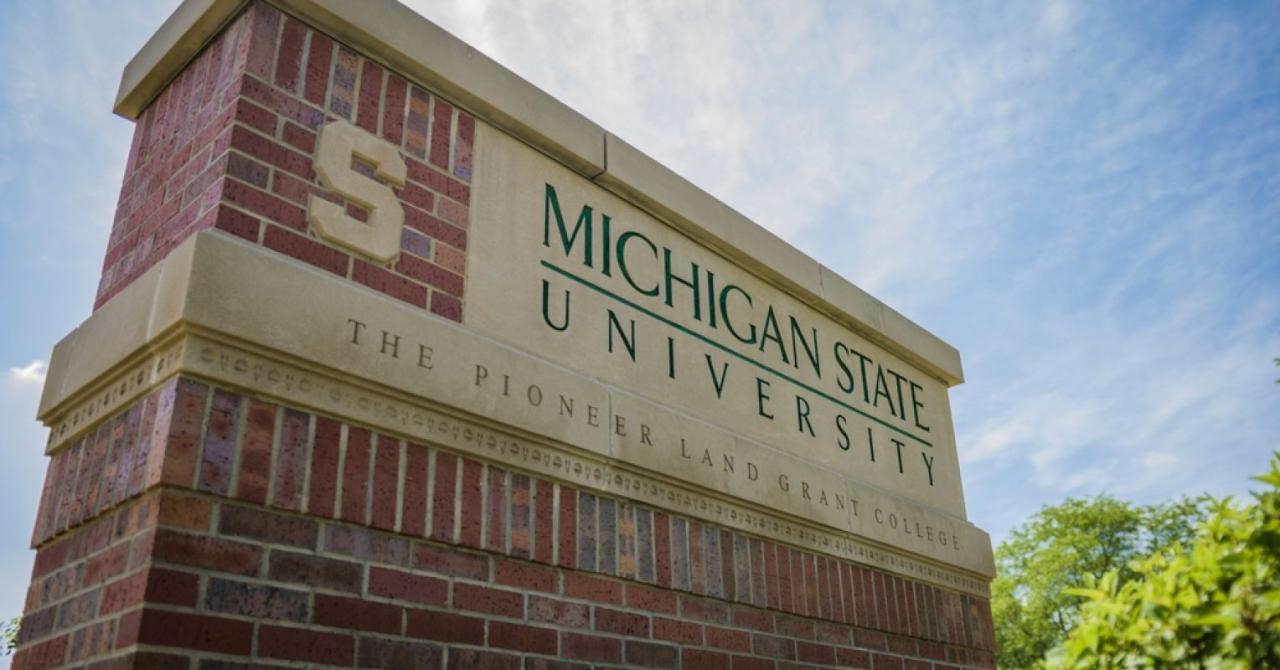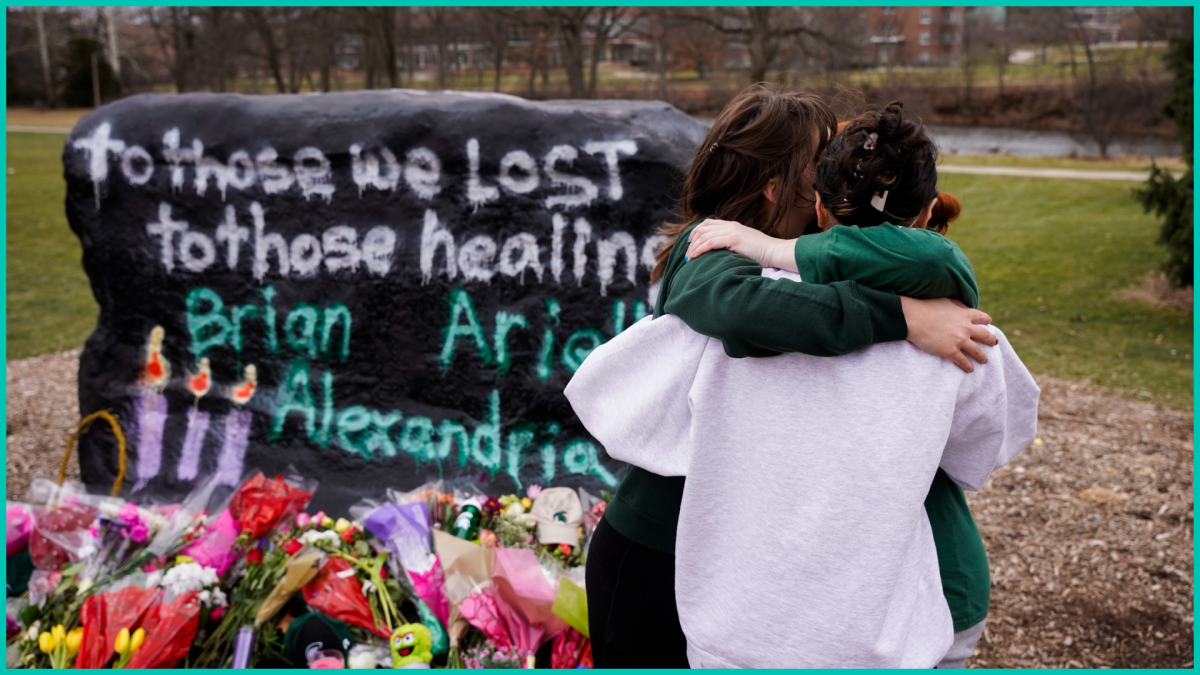
Mass Shootings Leave Lasting Psychological Wounds
Mass shootings leave lasting psychological wounds, tearing apart lives and communities in ways that are difficult to comprehend. The immediate aftermath is often marked by shock, trauma, and a deep-seated fear that lingers long after the initial event. The echoes of gunshots, the screams of victims, and the chilling reality of the situation leave indelible marks on the minds of those who witnessed or experienced the tragedy.
Beyond the immediate impact, mass shootings cast a long shadow, shaping the psychological landscape of survivors, their families, and the communities they call home. The trauma of such events can lead to post-traumatic stress disorder (PTSD), anxiety, depression, and a sense of survivor’s guilt.
It’s a constant reminder of the fragility of life and the vulnerability we all share.
The Psychological Impact of Mass Shootings

Mass shootings are horrific events that leave lasting psychological wounds on individuals, communities, and society as a whole. The trauma inflicted by these tragedies extends far beyond the immediate physical injuries, impacting the mental and emotional well-being of survivors, witnesses, and even those who are indirectly affected.
Understanding the psychological impact of mass shootings is crucial for providing appropriate support and promoting healing.
Immediate Psychological Effects
The immediate aftermath of a mass shooting is often characterized by a state of intense shock, fear, and disbelief. Witnesses and survivors may experience a range of acute psychological reactions, including:
- Trauma:The experience of witnessing or being directly involved in a mass shooting can be profoundly traumatic, leading to intense emotional distress, flashbacks, and nightmares.
- Shock:The sudden and overwhelming nature of the event can trigger a state of shock, characterized by numbness, confusion, and difficulty processing the situation.
- Fear:The fear of being harmed or witnessing harm to others can be paralyzing, leading to anxiety, hypervigilance, and avoidance behaviors.
These immediate reactions are a natural response to a traumatic event and are essential for survival. However, if left unaddressed, they can evolve into more persistent and debilitating psychological problems.
The Impact on Communities
Mass shootings are not just tragedies that affect the victims and their families; they leave lasting scars on the communities where they occur. The ripple effects of these events can be devastating, creating a sense of fear, insecurity, and vulnerability that permeates daily life.
The Ripple Effect of Fear and Insecurity
Mass shootings can create a palpable sense of fear and insecurity within communities. This fear is not limited to the immediate aftermath of the event but can linger for months or even years. Residents may become hyper-vigilant, constantly scanning their surroundings for potential threats.
This heightened anxiety can manifest in various ways, such as increased avoidance of public places, difficulty sleeping, and difficulty concentrating.
- School Shootings:After a school shooting, students, teachers, and parents may experience intense fear and anxiety about returning to school. They may fear that the violence will repeat itself, leading to a decline in school attendance and a disruption in the educational process.
- Workplace Shootings:Workplace shootings can create a sense of vulnerability and mistrust among employees. Workers may feel unsafe at work, leading to a decrease in productivity and morale.
- Public Events:Mass shootings at public events, such as concerts or festivals, can lead to widespread fear of attending such events. People may become hesitant to participate in activities that they once enjoyed, fearing that they could be targeted.
The Impact on Children and Adolescents: Mass Shootings Leave Lasting Psychological Wounds

Mass shootings leave lasting psychological wounds on everyone, but children and adolescents face unique challenges in processing and coping with such traumatic events. Their developing minds are particularly vulnerable to the fear, anxiety, and sense of insecurity that can arise from witnessing or experiencing violence.
The scars of mass shootings run deep, affecting not just the immediate victims but also the communities they leave behind. It’s a stark reminder that even amidst the whirlwind of news cycles like the recent “buy the rumour, sell the news” trend that saw Dogecoin erase its recent gains, as reported here , the human cost of violence remains a constant shadow.
The psychological wounds inflicted by these tragedies linger long after the headlines fade, demanding our collective attention and commitment to finding solutions.
Understanding the specific impact of mass shootings on children and adolescents is crucial for providing them with the support they need to heal and thrive.
The Unique Challenges Faced by Children and Adolescents
Children and adolescents are still developing their understanding of the world and their place in it. They are more likely to experience intense emotional reactions to traumatic events, and they may struggle to process complex information about violence and death.
The scars of mass shootings go far beyond the physical. They leave a deep psychological impact on survivors, communities, and even those who witness the events through media. It’s a stark reminder that violence, in any form, can have devastating consequences.
This is why it’s so important to address the root causes of these tragedies, and that includes recognizing the growing problem of cybercrime, as highlighted in the recent MHA body’s guidelines for crypto-related crimes. Understanding the complexities of these issues, from online exploitation to financial fraud, is crucial in creating a safer and more just society for everyone.
Their sense of safety and security is also fragile, and mass shootings can shatter this sense of well-being.
How Mass Shootings Can Affect Children’s Development
Mass shootings can have a profound impact on children’s development, affecting their sense of safety, trust, and well-being.
Impact on Sense of Safety
Children who witness or experience a mass shooting may develop a pervasive sense of fear and anxiety. They may become afraid to go to school, participate in activities they once enjoyed, or even be in public places. This fear can lead to social isolation, withdrawal, and difficulty concentrating in school.
Impact on Trust
Mass shootings can also damage children’s trust in others. They may become suspicious of adults, peers, and even their own families. This distrust can make it difficult for them to form healthy relationships and seek help when they need it.
Impact on Well-being
The psychological impact of mass shootings can manifest in a variety of ways, including:
- Post-traumatic stress disorder (PTSD):This disorder can involve flashbacks, nightmares, avoidance behaviors, and hypervigilance.
- Depression:Children and adolescents may experience feelings of sadness, hopelessness, and loss of interest in activities they once enjoyed.
- Anxiety:They may experience excessive worry, fear, and difficulty concentrating.
- Behavioral problems:They may exhibit aggressive behavior, difficulty controlling their emotions, or engage in risky behaviors.
Strategies for Helping Children and Adolescents Cope
Providing children and adolescents with support and resources is essential for helping them cope with the trauma of mass shootings.
The scars of mass shootings run deep, impacting not only the immediate victims but also the communities they leave behind. It’s a constant reminder of the fragility of life and the importance of supporting one another. In the midst of this, it’s encouraging to see organizations prioritizing employee well-being, as highlighted in this article want to hang on to veteran employees nows the time for retention raises says adam grant.
Investing in employees can create a sense of stability and security, which is crucial in helping people cope with the trauma of violence.
Providing a Safe and Supportive Environment
Creating a safe and supportive environment is crucial for children and adolescents who have been affected by a mass shooting. This involves:
- Open communication:Encourage open and honest communication about their feelings, fears, and experiences.
- Validation:Validate their feelings and experiences, acknowledging that their reactions are normal and understandable.
- Reassurance:Reassure them that they are safe and that they are being cared for.
- Limit exposure to media coverage:Limit their exposure to news coverage of the event, as this can be overwhelming and retraumatizing.
Providing Professional Support
Seeking professional support from mental health professionals is essential for children and adolescents who are struggling to cope with the trauma of a mass shooting. This may involve:
- Therapy:Therapy can provide a safe space for children and adolescents to process their emotions, develop coping skills, and work through their trauma.
- Medication:In some cases, medication may be helpful for managing symptoms of anxiety, depression, or PTSD.
Supporting Their Social Connections
Maintaining social connections is vital for children and adolescents’ emotional well-being. This involves:
- Encourage social interaction:Encourage them to engage in social activities with friends and family.
- Connect with support groups:Connect them with support groups for children and adolescents who have experienced trauma.
The Role of Prevention
The psychological devastation wrought by mass shootings extends far beyond the immediate victims. Communities, families, and individuals grapple with the lingering trauma, fear, and anxiety long after the event. Preventing mass shootings is not only a moral imperative but also a critical step in mitigating the enduring psychological impact on individuals and communities.
Addressing Mental Health Issues
Mental health plays a significant role in understanding the motivations and risk factors associated with mass shootings. While mental illness is not a direct cause of violence, it can contribute to an individual’s vulnerability to violent thoughts and behaviors.
Effective strategies for addressing mental health issues include:
- Increased Access to Mental Health Services:Expanding access to affordable and accessible mental health services, including therapy, counseling, and medication, can provide individuals with the support they need to manage their mental health and prevent escalation of symptoms.
- Early Intervention and Prevention Programs:Implementing programs that identify individuals at risk of developing mental health issues or engaging in violence can be crucial in intervening early and providing appropriate support.
- Reducing Stigma:Addressing the stigma surrounding mental illness is essential for encouraging individuals to seek help when they need it. Open conversations and educational initiatives can help dispel misconceptions and promote understanding.
Promoting Gun Safety
The availability of firearms is a significant factor in mass shootings. Implementing comprehensive gun safety measures can help reduce the risk of these tragedies. Strategies for promoting gun safety include:
- Universal Background Checks:Ensuring that all firearm sales undergo background checks can help prevent individuals with criminal records or mental health issues from obtaining firearms.
- Red Flag Laws:These laws allow temporary removal of firearms from individuals deemed a danger to themselves or others. This can be a crucial tool in preventing potential tragedies.
- Safe Storage Practices:Promoting safe storage of firearms, such as locking them up when not in use, can prevent accidental shootings and theft.
Fostering a Culture of Peace, Mass shootings leave lasting psychological wounds
Creating a culture of peace and non-violence is essential for preventing mass shootings. This involves promoting empathy, understanding, and conflict resolution skills. Strategies for fostering a culture of peace include:
- Violence Prevention Programs:Implementing programs in schools and communities that teach conflict resolution, anger management, and empathy can help reduce aggression and violence.
- Promoting Social Inclusion:Addressing social isolation and discrimination can help create a more inclusive and supportive environment for individuals who may be vulnerable to violence.
- Media Literacy:Educating individuals about the potential impact of media portrayals of violence and promoting responsible media consumption can help reduce the normalization of violence.
Visual Illustration
Imagine a complex web, where each strand represents a different factor contributing to mass shootings. At the center of the web lies a core of vulnerability, potentially stemming from mental health issues, social isolation, or exposure to violence. Surrounding this core are strands representing access to firearms, societal factors like inequality and discrimination, and cultural influences that normalize violence.
These strands intertwine and reinforce each other, creating a complex network that increases the risk of mass shootings. Prevention strategies aim to strengthen the strands of resilience, such as access to mental health services, gun safety measures, and community support, to counterbalance the factors that contribute to violence.
Final Thoughts
The scars left by mass shootings are not easily erased. Healing is a long and arduous journey that requires time, support, and access to adequate mental health resources. While the wounds may never fully disappear, understanding the psychological impact, fostering a sense of community, and prioritizing prevention are crucial steps towards a future where such tragedies are less likely to occur.
It’s a collective responsibility to support survivors, advocate for change, and build a society that prioritizes safety, well-being, and the preservation of human life.






